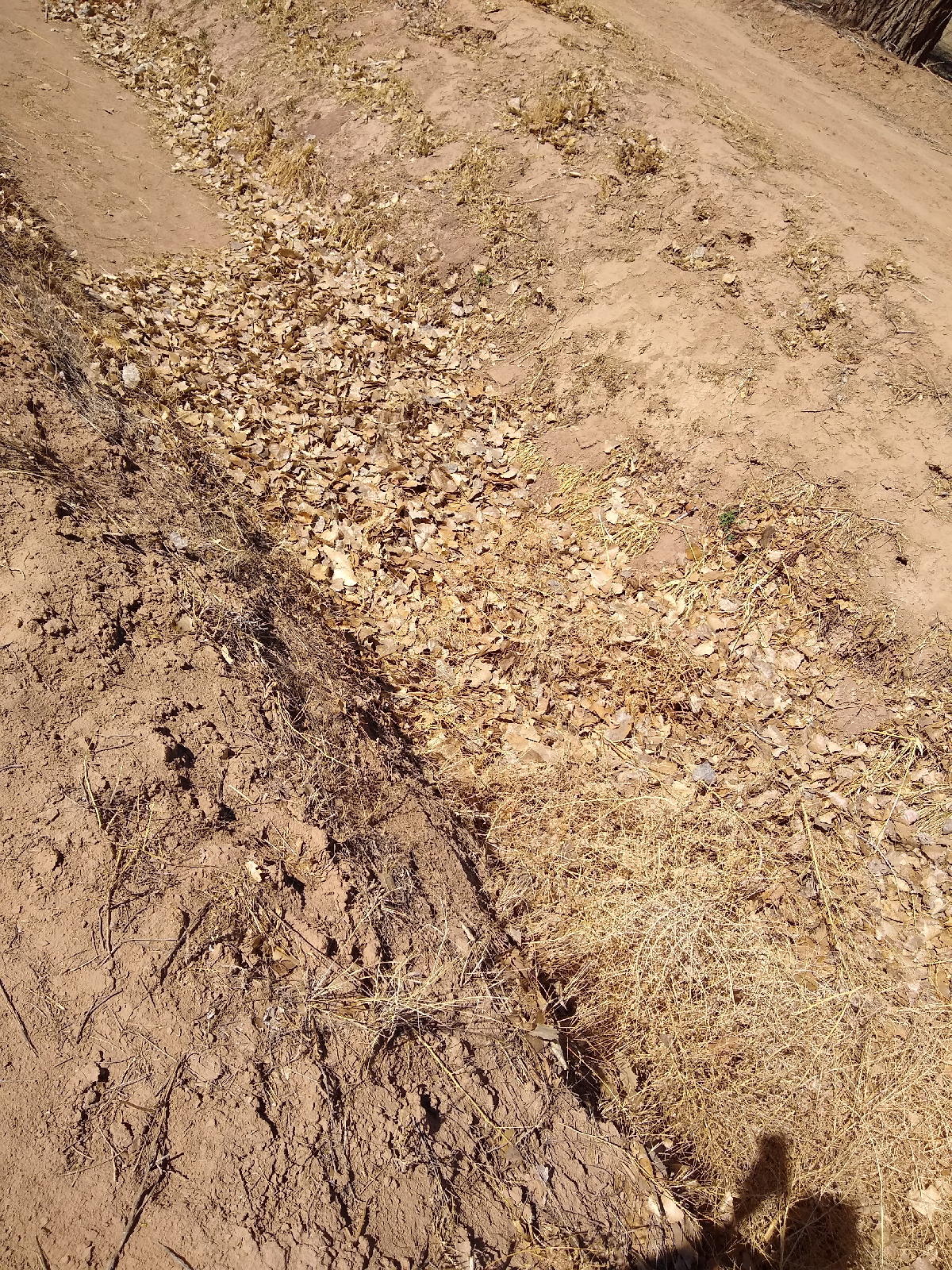People who look deeper into things than most people would are usually considered crazy. This nuance into the commonplace is kind of the point of this blog, so bear with me as we delve into some crazy stuff.
Just for fun, I photographed some "weeds" I had pulled up. This one came up as lettuce, then chicory. I had expected dandelion. Turns out these are all kind of right, if you do a deep dive into taxonomy. It is a chicory in the lettuce family, and it is a dandelion, of sorts....confusing, huh?
This is considered a tansy mustard plant. Pretty spicy and tasty when young. The frondy leaves are kind of distinctive. As are the yellow flowers that come later (actually already around in other areas)
There are many other weedy looking green things that botonist are arguing about on Inaturalist right now (oops), but there is a lot more growing in the protection of those leave piles at the bottom of the acequias right now. Normally they would be underwater, but they have an extra month's reprieve this year because of drought.
This small guy is attracted to growing shoots. But I am still not sure what genus it is.....working on it, leafhopper of some kind. The variety of insects on the side of my house is already growing logarithmically as the weather gets warmer.
There is a sort of satisfaction in looking at 300 ducks at the UNM central duck pond and picking out the one duck not like the others. Kind of a magic trick, but it took months to identify the other common ducks. This guy is a ring necked duck, never seen one before.
The porcupines are still about. This one was sleeping in a stout tree after spending the night snacking on cherry blossoms and bark in a nearby orchard.
The elm seeds have already begun dropping. Soon the numbers will be overwhelming. Often the animals and plants that start procreating first are the most successful (or invasive, depending on a person's sense of timing). The harvester ants will collect a great many of them.
This mourning cloak is one of several in a commonly found in one small area. I couldn't get a shot with the wings open. This is because they rest with wings closed, as a general rule.
Moths require special equipment and diligence to get good pictures, so they are usually the poor cousins to the "pretty" butterflies. Most people have not seen the gorgeous golden hues that just about every moth is colored. As a general rule, moths are night insects and rest with the wings open
These thin leaves are unfurling after the pear blossoms have already been out. Seems sort of backwards, but most trees are in a hurry right now, as opposed to the lazy days of summer ahead of them.
Usually ants are no big deal, just "pests." This swarm of big headed guys was identified as the common immigrant pavement ant. They are not found in Corrales due to competition from all the other ant species found here.
The Coopers hawk is very well adapted to UNM central campus, with it's tall trees and abundant pigeons. They have a long distinctive banded tail.
The campus even has more than the usual number of rabbits, whose numbers in the bosque seems to be far fewer than usual. Likely from a rabbit pandemic of their own
The Scuzzy ditch is loaded with large bullfrogs right now, silent and nervous so far, but that will change as the nights warm up. The chorus comes after the first of the Wood house toads, but nature continues to surprise.














No comments:
Post a Comment